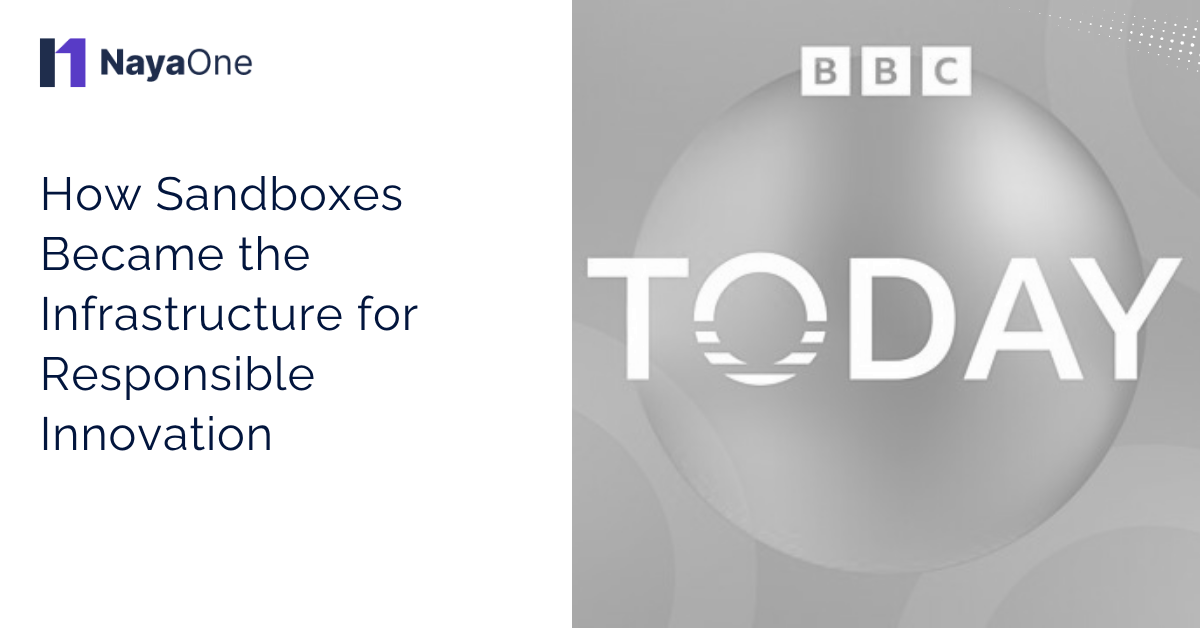Across the Financial Services sector, we are seeing a surge in interest in stablecoins and their potential role in modernising payments infrastructure. Financial institutions are exploring how these instruments can enable faster settlement, reduce costs, and unlock programmable use cases – all without compromising regulatory or operational controls.
But promise on paper rarely translates into outcomes in production. That’s the gap many organisations are stuck in – and we’ve seen this movie before. A few years ago, banks exploring blockchain hit the same wall: endless risk reviews, legal concerns, and no clear path to deployment. Stablecoin adoption is now facing similar headwinds.
Having worked closely with financial institutions, regulators, and leading technology providers one thing is clear: it’s not ambition that slows things down. It’s the lack of safe, structured, and efficient ways to collaborate and evaluate these technologies and what it means for the business.
If the UK wants to lead, we must remove the friction between exploration and execution.
The interest is real. But so is the hesitation.
Interest in digital asset ownership among UK adults continues to rise, and government agencies are actively exploring how instruments like stablecoins could modernise payment rails, improve transparency, and support more resilient financial infrastructure.
Yet for every successful proof-of-concept, there are dozens of promising ideas that never make it past internal discussion. Not because the technology failed – but because institutions face friction at every step:
- Where can we test this safely, without introducing new risks.
- How can we collaborate with compliance, risk and legal to have common go to market approach within the risk appetite?
- Where can we host the internal infrastructure needed to support collaboration between internal teams and technology providers
- How do we move beyond technical experimentation to a joint business view – with guardrailed pathway to delivery.
These are not technical barriers. They are structural. And they are solvable.
What we need: Proof-of-Concepts (PoCs) that are fast, safe, and grounded in real conditions
At NayaOne, we talk often about how PoCs are becoming the new starting point for digital innovation. Not open-ended pilots. Not long R&D cycles. But focused, governed evaluations that give teams real evidence to make confident decisions.
In our experience, the most effective PoCs share a few traits:
- Tightly scoped: one use case, one metric, one workflow
- Production-like: run in secure environments with real data controls
- Cross-functional: with risk, legal, ops, and innovation involved from day one
- Measured: success is defined and benchmarked against scale potential
This structure allows institutions to test innovations like stablecoins within frameworks built for control, not just creativity.
The shift we’re seeing: from old way to new way
| Old Way | New Way |
|---|---|
| Innovation stuck in isolation | Explore and evaluate pre-vetted vendor ecosystems |
| Risk-heavy PoCs with no path to scale | Production-grade testing in secure, simulated environments |
| Long R&D cycles and PoC fatigue | Short, structured experiments with defined outcomes |
| Manual integration and overhead | Standardised connectors and orchestration frameworks |
| Unclear business value | Measured results tied to time, cost, and risk reduction |
The opportunity for UK industry, government, and academia
If we get this right, the upside is meaningful.
- For industry, this means getting closer to production-ready stablecoin use cases - with faster experimentation, shorter procurement cycles, and greater confidence in scaling technologies that actually work.
- For government, it’s about modernising payments infrastructure and delivering services with transparency and resilience. The UK has the expertise. What’s needed is the delivery mechanism.
- For academia, it means turning research into real impact - connecting world-class talent with industry-grade PoC environments where new ideas can be validated in real-world conditions.
We already see this collaboration happening – through public-private partnerships, regulatory sandboxes, and shared infrastructure. The challenge now is making it repeatable and scalable.
Moving forward: execution is the differentiator
The technologies are ready. The interest is growing. What matters now is how fast we move from concept to capability – and how well we do that without compromising trust, safety, or compliance.
This is where the UK can lead. Not by having the boldest ideas – but by building the most reliable infrastructure to turn those ideas into outcomes.
If your organisation is exploring stablecoin use cases, don’t start with the technology. Start with the conditions needed to test it. Get the controls right. Bring the right teams in early. Define what success looks like before you begin.
That’s how we move from exploration to execution – and from innovation theatre to real transformation.
If you’re navigating similar challenges, the team at NayaOne would be glad to share what we’re seeing across the market – and how organisations are using PoCs to move forward with speed and safety.






